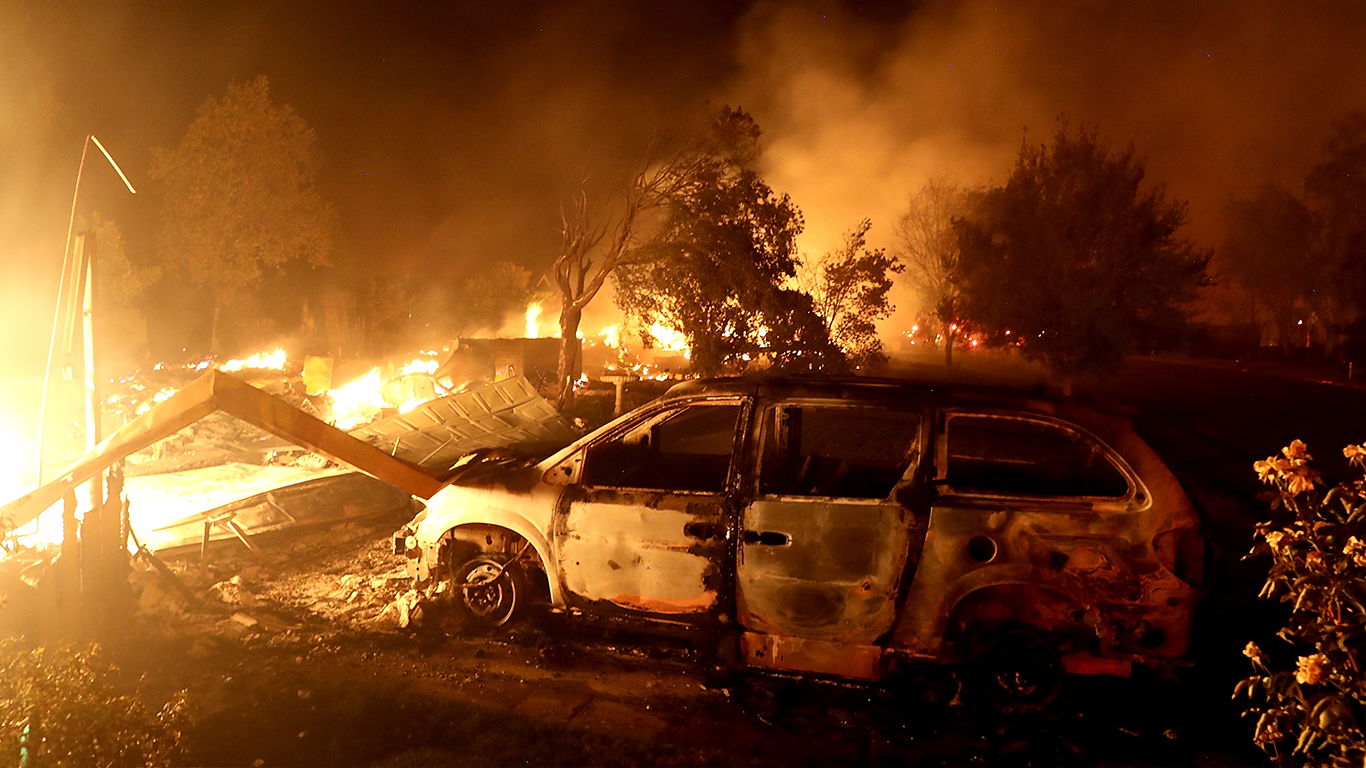
CoreLogic issued its monthly Loan Performance Insights report on Tuesday morning, evaluating the foreclosure and delinquency activity through this past May. The report found that while a strong economy has led to the lowest serious delinquency rates in 12 years, wildfires are threatening existing mortgages in certain regions.
Looking at the numbers, the report shows that, nationally, 4.2% of mortgages were in some stage of delinquency (30 days or more past due, including those in foreclosure) in May 2018, representing a 0.3 percentage point decline in the overall delinquency rate compared with May 2017.
The May 2018 foreclosure inventory rate was the lowest for any month since September 2006, when it was also 0.5%, and it was the lowest for May since 2006. Note that the foreclosure inventory rate measures the share of mortgages in some stage of the foreclosure process.
The rate for early-stage delinquencies (defined as 30 to 59 days past due) was 1.8% in May 2018, down from 1.9% in May 2017. The share of mortgages that were 60 to 89 days past due in May 2018 was 0.6%, unchanged from May 2017. The serious delinquency rate (defined as 90 days or more past due, including loans in foreclosure) was 1.8% in May 2018, down from 2% in May 2017. The May 2018 serious delinquency rate was the lowest for that month since 2007 when it was 1.6%.
In California, where current delinquency rates are well below the national level, the regions affected by recent wildfires are becoming more susceptible to mortgages entering some stage of delinquency as the fires continue to burn. According to a recent Carr Fire analysis by CoreLogic, the 2018 season is outpacing 2017 with more than 292,000 acres burned this year thus far. The Carr Fire outside the city of Redding and the French Gulch community presented the greatest risk to homeowners, with CoreLogic estimating a total of $3.5 billion potential reconstruction costs in that area.
Dr. Frank Nothaft, chief economist for CoreLogic, commented:
While the strong economy has nudged serious delinquency rates to their lowest level in 12 years, areas hit by natural disasters have had increases. The tragic wildfires in the West will likely lead to a spike in delinquencies in hard-hit neighborhoods. As an example, the wildfire in Santa Rosa last year destroyed or severely damaged more than 5,000 homes. Delinquency rates rose in the aftermath, and in the ensuing months we observed home-price growth accelerate and sales decline. We will likely see the same scenario unfold in fire-ravaged communities this year.
Take Charge of Your Retirement In Just A Few Minutes (Sponsor)
Retirement planning doesn’t have to feel overwhelming. The key is finding expert guidance—and SmartAsset’s simple quiz makes it easier than ever for you to connect with a vetted financial advisor.
Here’s how it works:
- Answer a Few Simple Questions. Tell us a bit about your goals and preferences—it only takes a few minutes!
- Get Matched with Vetted Advisors Our smart tool matches you with up to three pre-screened, vetted advisors who serve your area and are held to a fiduciary standard to act in your best interests. Click here to begin
- Choose Your Fit Review their profiles, schedule an introductory call (or meet in person), and select the advisor who feel is right for you.
Why wait? Start building the retirement you’ve always dreamed of. Click here to get started today!
Thank you for reading! Have some feedback for us?
Contact the 24/7 Wall St. editorial team.


